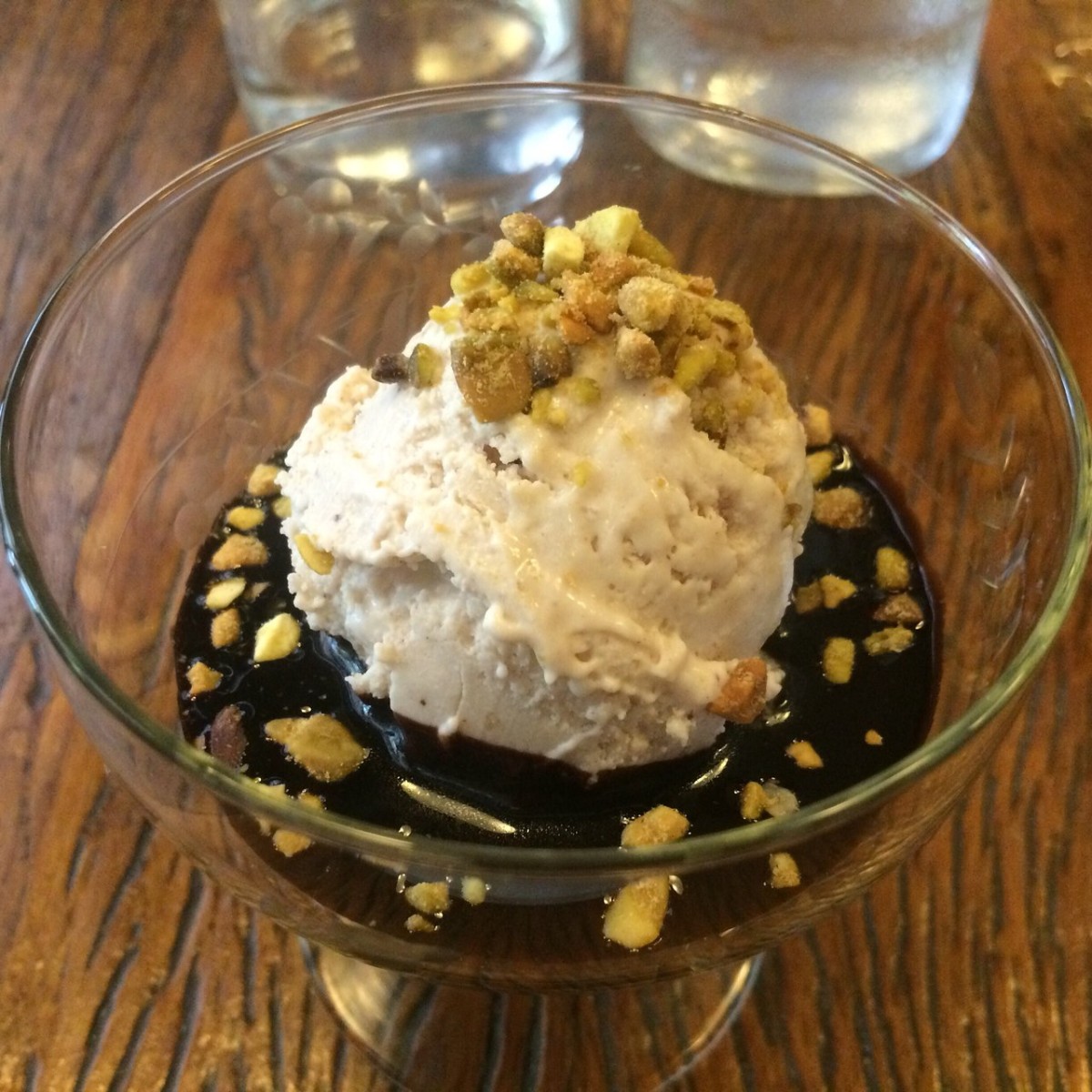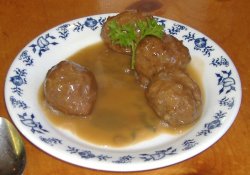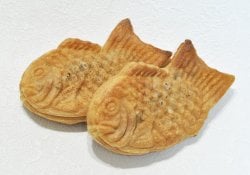Zundamochi edamame pasta with rice cakes Recipes and curiosities
On this page you will learn the recipe and some information about the Japanese dish Zundamochi edamame pasta with rice cakes Also known as zundamochi.
Table of Content - About - Origin - Information - Ingredients - Preparation - Related
All about zundamochi
The Zundamochi is a typical dish of Japanese cuisine that has as its main ingredient an edamame paste, a kind of green soy that is widely consumed in the country. The pasta is served accompanied by rice cakes, known as mochi, and is a very popular option for those seeking a tasty and nutritious meal.
The edamame paste is made from the green soybeans, which are cooked and crushed until they form a creamy paste. In addition to being rich in protein, soybeans are a source of vitamins and minerals essential for health.
Zundamochi is traditionally served on a bottom plate, with the edamame paste in the center and the rice cakes around. To consume, just pick up a piece of mochi with the hashis (Japanese cakes) and immerse it in the paste, creating a combination of unique flavors and textures.
In addition to being a delicious dish, Zundamochi is also very versatile and can be adapted in a variety of ways. Some variations include adding other ingredients to the edamame paste, such as ginger, onions or wasabi, to give a touch of spicy taste. Another option is to serve the dish with different types of mochi, such as azuki bean mochi.
Zundamochi is a great meal option for those looking for a healthy and balanced diet, as it combines nutritious and low-calorie ingredients.In addition, it is a way to taste a typical dish of Japanese cuisine and delight in the unique flavors and flavors of this country so known for its gastronomy.
If you have the opportunity to try Zundamochi, try this Japanese delicacies and be delighted with its simplicity and taste. After all, cooking is a way to know and connect with different cultures, and Zundamochi is a dish that very well represents the wealth and diversity of Japanese cuisine.

Origin and history of Pasta de zundamochi edamame com bolos de arroz
The Zundamochi dish originates from Japanese cuisine, more specifically from the Tohoku region, and is made with an edamame paste (green soy) and rice biscuits called mochi. The recipe is believed to have arisen during the Edo period (1603-1868), when the region faced food shortages and the use of ingredients such as edamame and mochi became common. The dish is traditionally consumed in winter as it is considered nutritious and energizing to cope with the cold. Today, Zundamochi is a popular dish throughout Japan and can be found in many restaurants and markets.About the recipe
- Name of the plate: Zundamochi edamame pasta with rice cakes
- Name of the dish in English: Zundamochi edamame paste with rice cakes
- Name of the plate in Japanese: ずんだ餅
- Name of the Romanian dish: zundamochi
Information about preparation
- Time to prepare: 10 minutes
- Time of Cooking: 20 minutes
- Difficulty: SIMPLE
- It suits: 2-3 people
- Occasions: Autumn, spring, summer, winter, snacks, desserts
Ingredients – Ingredients
Check out the necessary and optional ingredients Zundamochi edamame pasta with rice cakesIt makes sense to improvise
- 4-5 mochi cakes, cooked
- 230g of edamame in vagens
- 30 g of sugar
- 50ml of soy milk
- Soya sauce, by taste
- 1 tablespoon of zundamochi pasta (optional)
- 1 tablespoon of salmon oil (optional)
Watch a video of the recipe:
Recipes - How to Prepare
Now that you know the ingredients to make the recipe Zundamochi edamame pasta with rice cakes. Follow the instructions below in the preparation mode or step by step.
Preparation mode:
Step 1: Cook 230g of edamame with the vage in boiling water.
Step 2: Stir and let it cool.
Step 3: Wash off the edamams.
Step 4: Bite the edamames with 30g of sugar and 50ml of soy milk in a food processor until a homogeneous consistency is obtained.
Step 5: Add a touch of soy sauce for a salty and umami flavor.
Step 6: Serve the pasta on boiled or baked rice cakes.
Tips:
- This paste can also be used as a cover for pancakes, just add chantilly to the mixture and serve over the pancakes.
- Another option is to use the pasta as a filling for the traditional Japanese sweet, Dorayaki.



